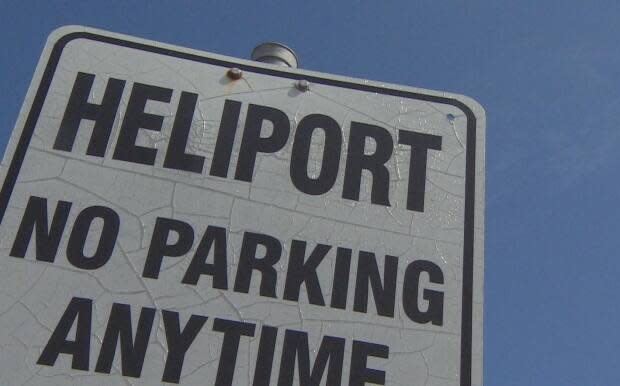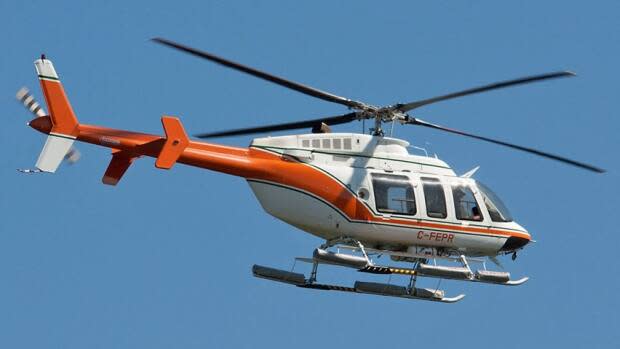Air ambulance advocacy group wants medevac stationed in central N.L.


Eugene Nippard, chair of the province's Air Ambulance Medical Transport Advocacy group, is calling on government to address inefficiencies in the provincial air ambulance system and station a medevac team in central Newfoundland.
Nippard's calls are in response to an incident in Labrador earlier this month, where 73-year-old Howard Russell spent more than 30 hours lying on an exam table at a community nursing station in Port Hope Simpson while waiting for a medevac.
Russell, who ended up on life support, was ultimately airlifted to the Health Sciences Centre in St. John's from Blanc-Sablon, Que., after being taken to that community and Forteau by ambulance.
The Department of Health says the "medevac service is available 24/7," but Health minister John Haggie blames weather and operational issues at Labrador-Grenfell Health for Russell's delay. But Nippard doesn't buy Haggie's defence and still questions the air ambulance's availability.

"We don't have 24 hour coverage in Goose Bay, and we know that's hot off the press now with Mr. Russell and that emergency that took 36 hours and should never have happened," Nippard told CBC News Saturday.
Nippard said the incident highlights a number of concerns within the province's current air ambulance system, and he believes the system is being gummed up with layers of management and bureaucracy. Nippard began advocating for improvements to the air ambulance system in 2018, when he says the Fogo Island ferry was being used to transport people during medical emergencies at night.
What do it take to get the government to listen? We're hoping now that we're going to get action. - Eugene Nippard
"It was causing big concerns for people with dialysis in Gander and doctors appointments. We didn't have very good coverage for the short airstrips. Since then we've gained some ground...but we still have a lot of concerns."
Nippard said he also wants to see one of the two aircraft contracted to do medical flights from St. John's moved to central Newfoundland, closer to more rural and remote areas of the province.
"Why do we need two air ambulances in St. John's when 70 per cent of our population on the Avalon doesn't need it? Why wouldn't they put it in central?" he questioned.

He said he has also been advocating for the contracted flight services to provide their own medical personnel to cut down on response times.
"They would be ready to go. They're 24 hours now, but they don't have medical personnel," he said. "For example, if there's an emergency after 10 p.m. out of Goose Bay, they would have to fly into St. John's to pick up medical personnel to take care of an emergency."
"The patients are waiting many, many hours. And we've had patients that have died waiting for an air ambulance," he claimed.
Nippard said the group has met with Premier Andrew Furey, the Department of Health, and Eastern Health and others about their concerns. Still, he's frustrated with the pace of progress.
"All these things can change, but the government is just not listening. The Russell family, they have lost two loved ones, an uncle and an aunt, because they were waiting for an air ambulance. What do it take to get the government to listen? We're hoping now that we're going to get action."

In an interview Tuesday, Health Minister John Haggie said several factors were at play in the response time to Russell's call for a medevac, but Nippard disputes the claim, citing other flights that went out on the day that Russell became seriously ill.
In a statement to CBC News, the Department of Health said the air ambulance is a priority of the healthcare service requests for medevac can be made by teams in St. John's or Happy Valley-Goose Bay.
"The two teams start at each base and move location with air ambulances throughout the shift as required. Depending on operational circumstances, either team may be available to respond to any request anywhere in the Province," part of the statement read.
Nippard hopes his meetings with government can help address concerns and show the need for a more efficiently managed process, as well as addressing the concerns in Labrador.
"If the government takes care of [concerns], we'd have a more efficient system than we got today," he said. "Labrador has a big concern, and rightfully so."

 Yahoo Movies
Yahoo Movies 